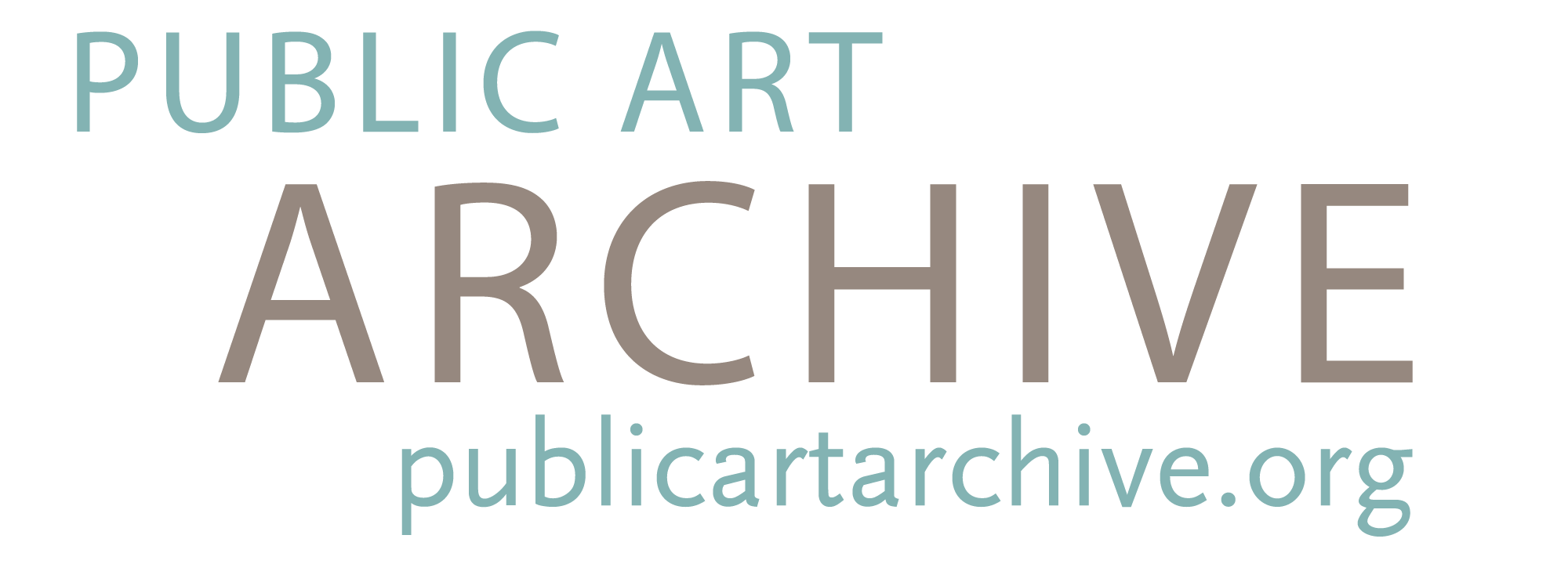Aurora, Colorado
Population: 366,623
Type of Requirement: Ordinance
Contact Information
Physical Address:
Library and Cultural Services
14949 East Alameda Parkway
Aurora, CO 80012
Main Contact:
Roberta Bloom, City Staff Liason
Email Roberta | 303.739.6600
Program Summary
The Code in Article IV establishes that all developments in redevelopment districts, as designated by the City in Title 32, are subject to a mandatory public art requirement. Projects subject to the ordinance must provide for the acquisition of exterior works of art. The value of the public art contribution shall be calculated as follows:
- Two hundred ninety dollars and seventy-six cents ($290.76) per acre for the portion of the acreage located in a residential zone or sub-area;
- Four hundred forty-seven dollars and thirty-three cents ($447.33) per acre for the portion of the acreage located in a mixed-use zone or sub-area;
- Six hundred three dollars and ninety cents ($603.90) per acre for the portion of the acreage in a non-residential zone or sub-area; and
- Projects must submit a public art plan which includes a maintenance proposal to the Art in Public Places staff at the first site plan submission following the artist and design selection by the Developer.
The Code in Article VII establishes that all developments with a project valuation of one hundred thousand dollars ($100,000) or more in a Transit Oriented Development District, as established by the Transit Authority, are subject to a mandatory public art requirement. Projects subject to the ordinance must provide for the acquisition of exterior works of art. The minimum value of the public art contribution shall be one percent (1%) of the total project valuation. If the property owners are registered non-profits (any 501(c)(3) organization), the minimum value shall be one half of a percent (0.5%) of total project valuation. A public art plan shall be submitted along with the first site plan or contextual site plan for the development.

Revival (2019). By Yulia Avgustinovich. Aurora Art in Public Places Program Collection. Courtesy: AIPP Staff
